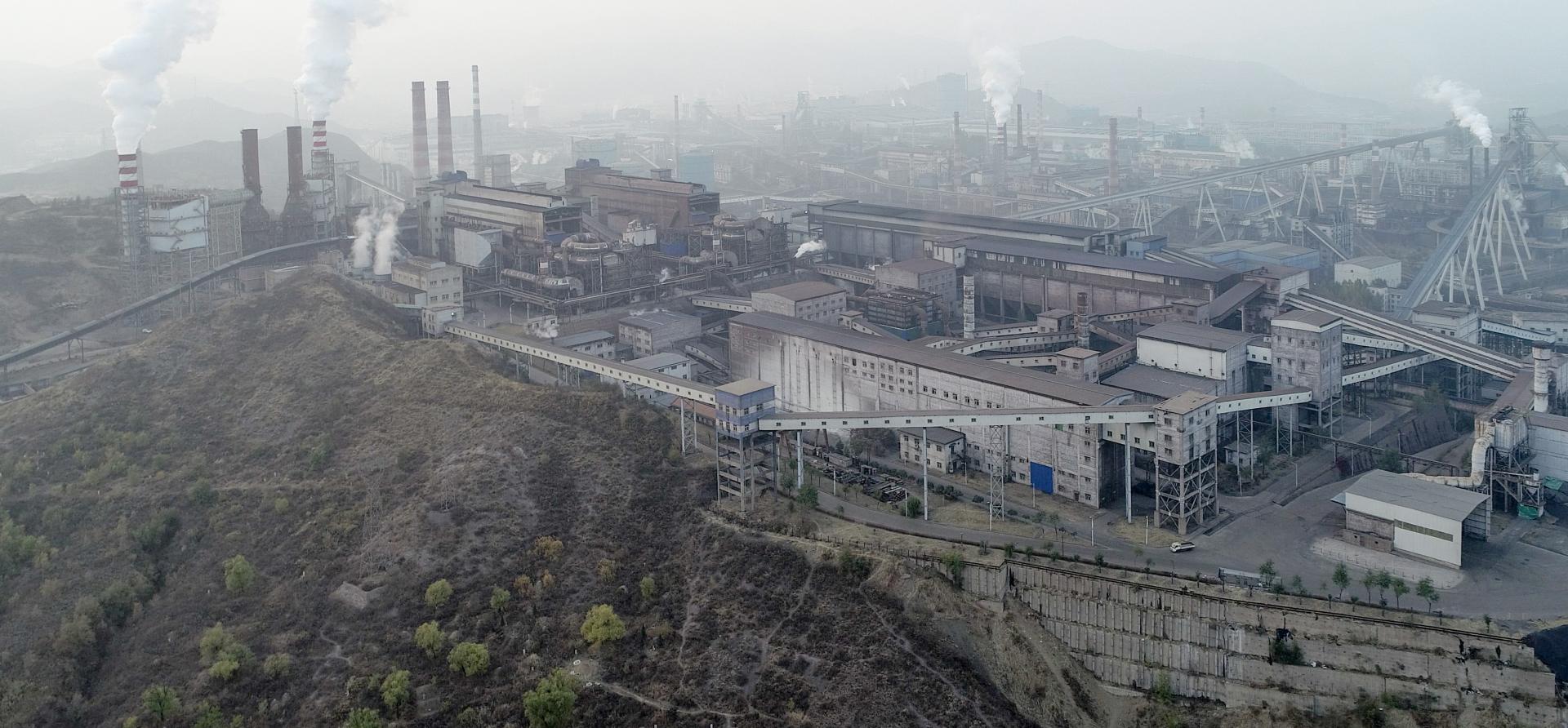Carbon neutral bonds: has China set the bar too low?
Download Full Report

Key Findings
100% of green bond proceeds should be going to green projects.
Chinese financial market regulators need to take a serious look at how the country’s state-owned enterprises are using the proceeds of their green bonds.
‘Clean coal’ has officially been removed from the definition of ‘eligible green project’.
Executive Summary
It’s been a busy time for China-focused investors trying to calibrate the government’s commitment to the painful but necessary steps needed to green China’s financial markets.
The process moved into higher gear with President Xi’s surprise net zero emissions by 2060 announcement in September 2020. This has the potential to be a hugely significant announcement, but market experts have been forced to question the pace of change following the release of a disappointing 14th five-year plan that showed little change to the role of fossil fuels in China’s energy mix.
The 2021 Green Bond Endorsed Project Catalogue officially removed all fossil fuel-related projects, including ‘clean coal’, from the definition of ‘eligible green project’.
Details on meaningful market incentives to push high carbon industries to accelerate their transition have been slow to emerge. However, recently there has been progress in the financial sector. The 2021 Green Bond Endorsed Project Catalogue, released in late April, officially removed all fossil fuel-related projects, including ‘clean coal’, from the definition of ‘eligible green project’. This is a big step, not only for ESG investors who are eager to invest in China’s domestic green bond market, but also for the Chinese central bank, the People’s Bank of China (PBOC). PBOC Governor Yi Gang has stressed that government funding alone will not be sufficient for China to meet its net zero goals—which are forecast to require an estimated CNY 140 trillion of investment (around USD 22 trillion) from 2021 to 2060—and therefore, market participants must be encouraged to step in to fill the gap.
China’s progress towards meeting the Paris Agreement depends partly on how successful its fragmented policy measures are in mitigating greenhouse gas emissions. The PBOC has shown leadership on green finance and Governor Yi is on the record expressing realistic concerns about the health of China’s financial institutions due to significant systemic exposure to unmanaged carbon-intensive assets. He notes that the major Chinese banks “are faced with grave risks and should begin their green transition right away.”
Inevitably, the PBOC will need to play a huge role in shaking up the market. Governor Yi has signalled that, among other things, mandatory climate-related disclosures will be enhanced and required for listed companies, financial institutions and other market players. This is certainly the right move. However, if China’s bond market is going to be a meaningful catalyst for greening the country’s energy and financial sectors, further critical reforms of green bond market practices are needed, especially for its high-carbon, state-owned power enterprises (SOEs).
















